After a slow start to the grazing season and with autumn calving herds drying cows off, many of you will be making the most of the ‘summer’ weather and grazing dry cows, either as far offs or right up until the point of calving.
Dry cows can be managed successfully at grass, with reduced labour and feed costs an attractive proposition. However, there are some pitfalls to avoid so that cow health does not suffer, and the transition period is managed successfully with cows set up for a profitable next lactation. Studies have shown that cows who transition with no disease have only a 1% chance of culling by 60 days in milk, compared to those who transition with a fresh cow disease who are 5% more likely to be culled by 60 days in milk.
Grass growth should be monitored so that demand for dry cows can be budgeted appropriately, ensuring they do not loose or gain weight. Feeding controlled energy diets is seen to be far better for health and fertility and we should focus on keeping dry matter intakes consistent and as high as possible. Achieving good dry matter intakes is important throughout the dry period, but especially in the 3 weeks pre-calving, so rumen fill should be monitored alongside body condition scores (BCS). This is particularly important for cows who have had longer lactations or extended dry periods, which are already likely to be in higher body condition. Maximizing dry matter intakes pre-calving will help reduce the dip in intakes post calving, which helps to drive colostrum yield and early lactation milk production. If grass growth is not being measured and recorded on farm using a programme such as Agrinet, there are various national reports that track seasonal trends e.g., AHDB Forage for Knowledge.
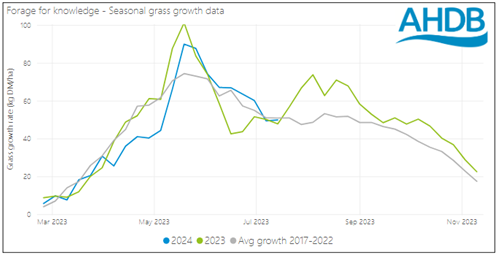
Close up dry cows (3 weeks pre calving) need to be managed particularly carefully at grass. Milk fever prevention is key, as grass usually has high potassium and calcium, both are which are risk factors for milk fever. Potassium can be reduced by not spreading slurry on fields intended for close-up dry cows, and a mineral analysis should be done on dry cow grazing.
Potassium should be <1.4% DM in the diet 0-3 weeks pre calving. Magnesium in the diet should be >0.4% DM, and magnesium chloride added to the water supply at a rate of 100g/cow/day should be considered in most cases where cows are being calved at grass with no supplementary feed. Remember that clinical milk fever cases are the tip of the iceberg, and between 25-50% of the herd can be sub clinically affected, causing delayed return to ovarian cyclicity post-partum and increased days calving to insemination. Speak to your vet for more information about getting grazing right to prevent milk fever.
A clean, dry environment 0-3 weeks pre calving is also vital to prevent increased cases of dry period origin mastitis. Cows and heifers that are infected in the dry period will suffer from poorer udder health throughout their whole lactation. Consider how grazing is managed for close-up and calving cows, ensuring paddocks are rotated and rested appropriately to reduce contamination e.g., back fence areas that have been grazed, focus on reducing traffic around gateways, water troughs and any supplementary feed areas.
Monitoring transition success is essential, with records of disease a good starting point (milk fever, retained placenta, ketosis, LDAs). However, by the time these diseases occur prevention is too late! Body condition scoring is a useful tool to track weight gain or loss across the transition period, any change in BCS should be minimised. Some farms are now using camera systems e.g., Herd Vision, to record body condition score routinely and track changes. Data from these farms shows even minor changes in BCS can cause negative impacts on fertility in the next lactation (See Fig 2). Rumen fill scoring provides an assessment of dry matter intakes and should be done on close-up calving cows, alongside estimating dry matter intakes from what is fed. Further tools available to us include faecal scoring, ketosis monitoring and metabolic profiling and can be used to investigate specific issues on farm. Speak to your vet for more information on assessing your transition success.

Figure 2: BCS loss over transition period and calving-conception interval (days)
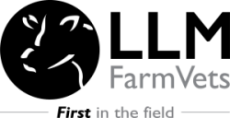
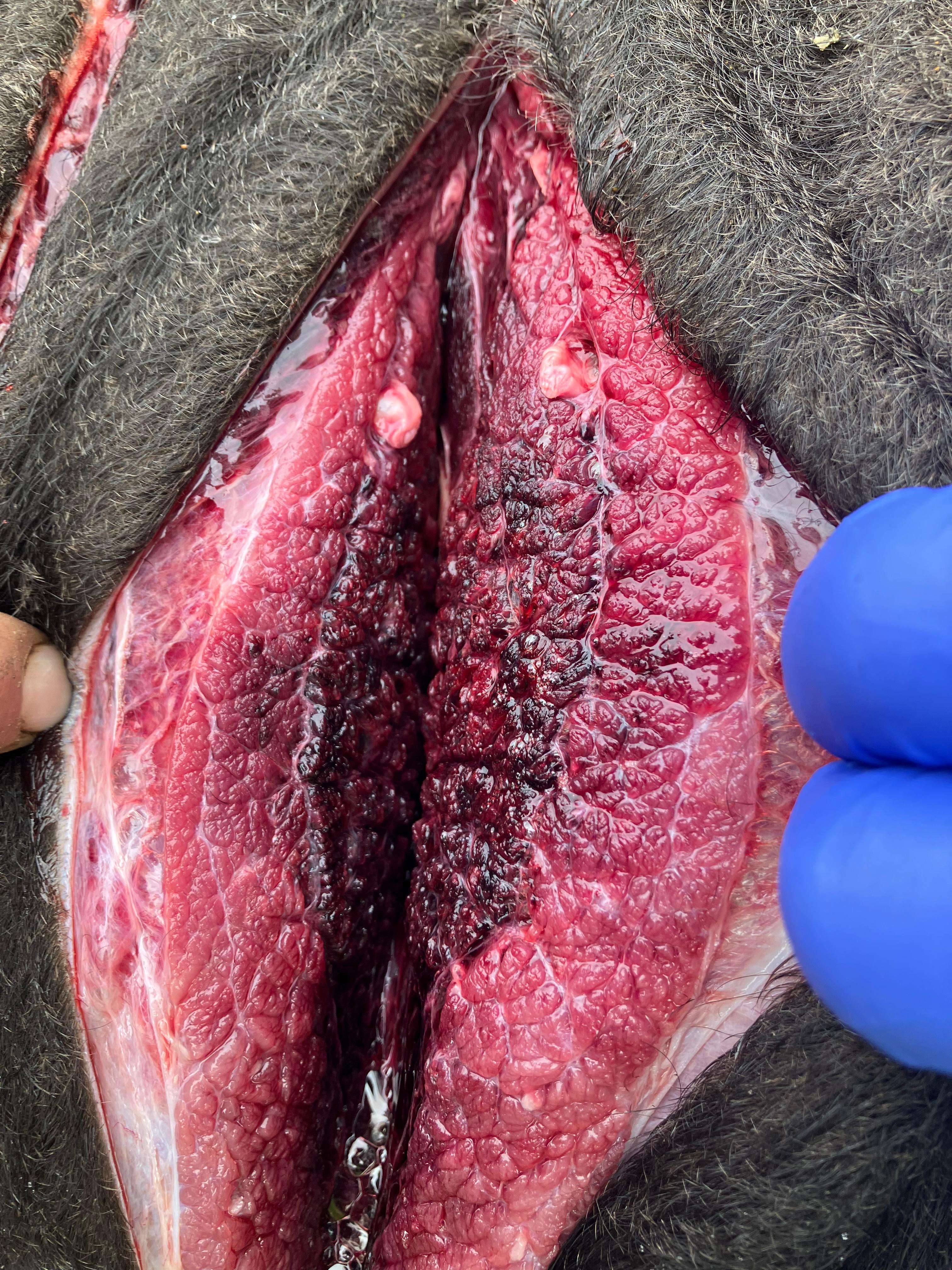

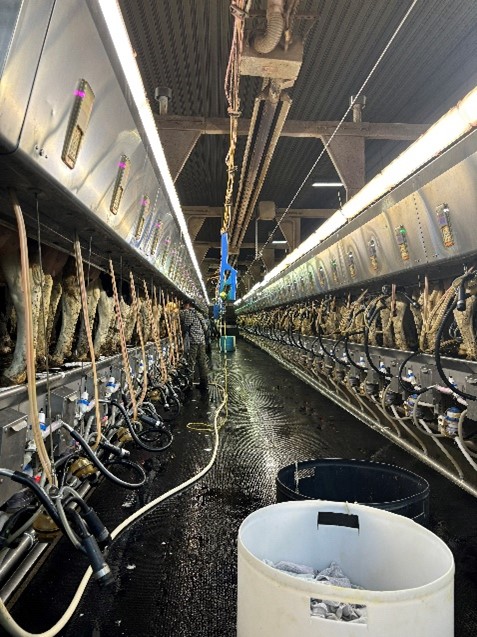
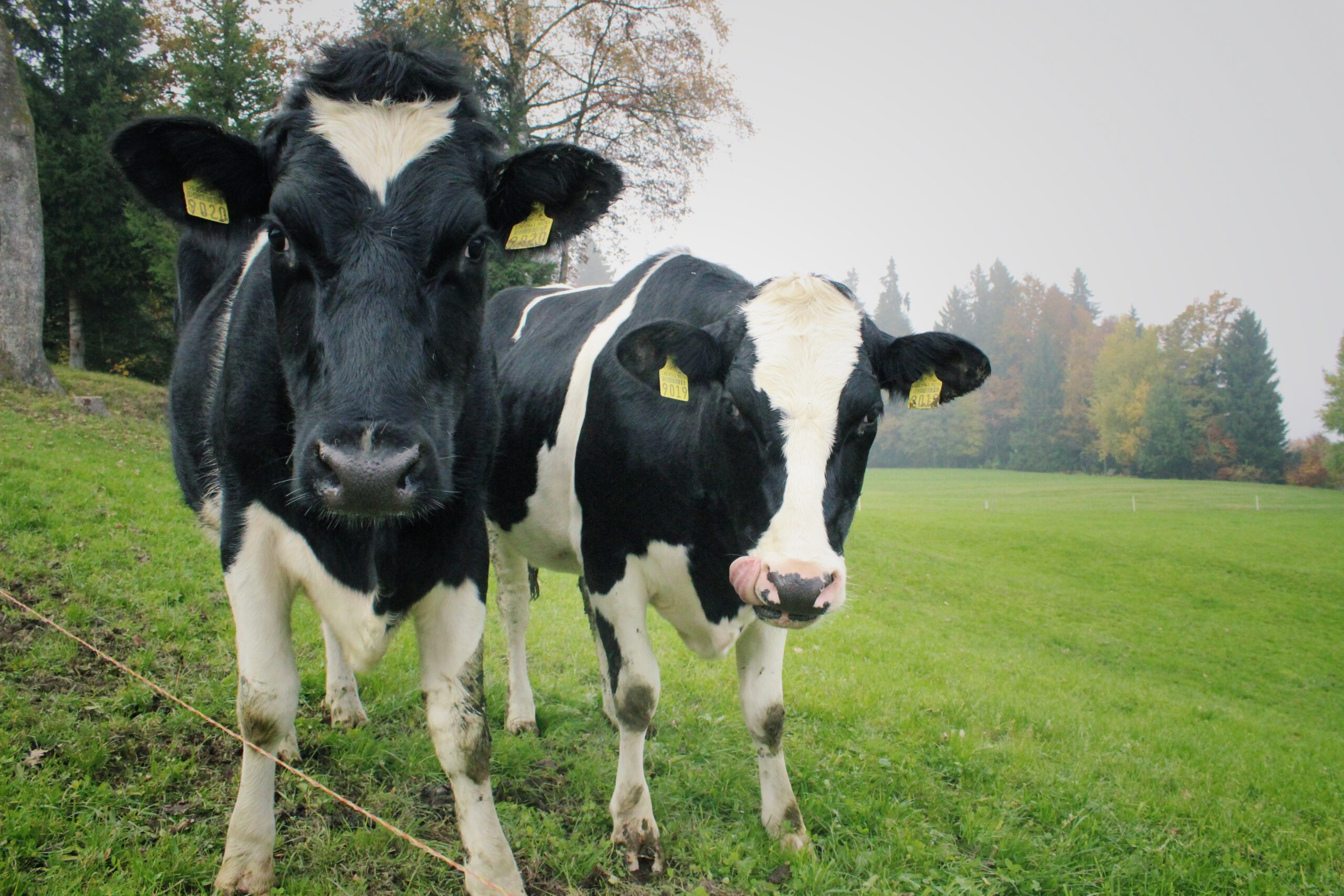
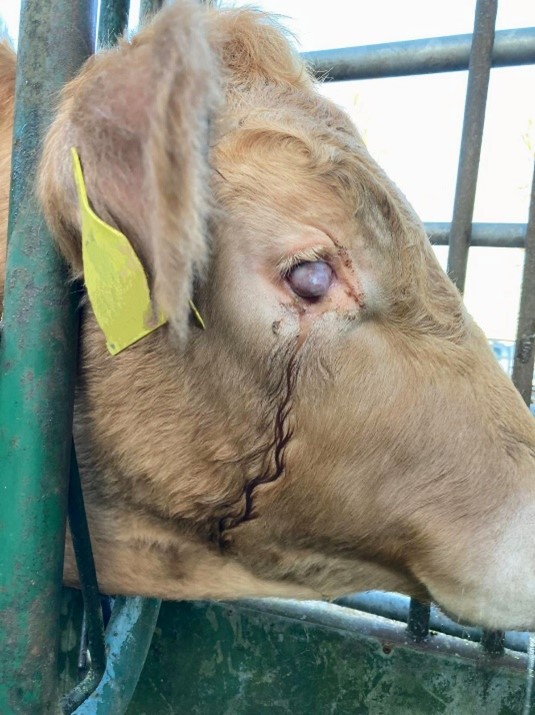

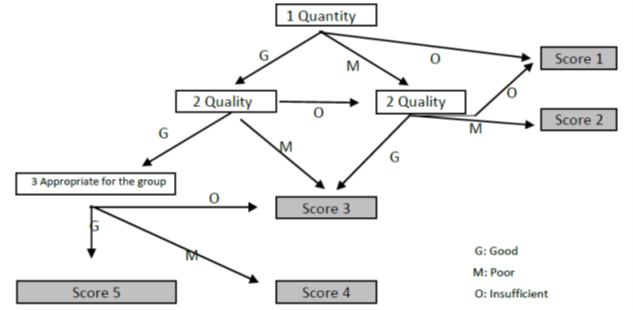

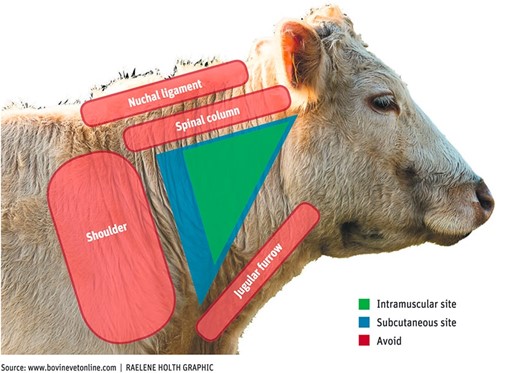

Leave A Comment